Coming from a country where cognizance of police brutality leads to conscientiousness of prevalent and systematic racism – which is used for polarizing political gains and gun violence escalates Islamophobia also used for pushing segregating politics – I was curious to see what leaving The United States of AmeriCan’t Pass Gun Safety Laws, at times referred to as the “melting pot” for melting-on-the-spot in the desert in Israel would be like.
Given that cuisine is an integral part of understanding culture, it’s important to note that the American Melting Pot more often than not resembles a Boston Market plate, with the rotisserie chicken cooling in its extra-large reserved spot, far from the side dishes, which also do not dare touch (unless the server really messed up and ruined the plate). Although, it’s a given that the combo of the mac n’ cheez side with the mashed potatoes and a piece of chicken in one, holistic, wholesome mouthful are the real Boston Market experience. This analogy is all to say that the US is mixed in some ways and overlaps in certain spaces, but by-and-large, it is comprised of communities living next to each other and not so much together.
Having the fortune of living in downtown Haifa for the summer, a city known for its “pluralism and coexistence,” is a unique opportunity to be a part of a community that might really live up to its collaborative, communicative, and understanding reputation. It’s easy to be skeptical, but it’s easier to be hopeful.
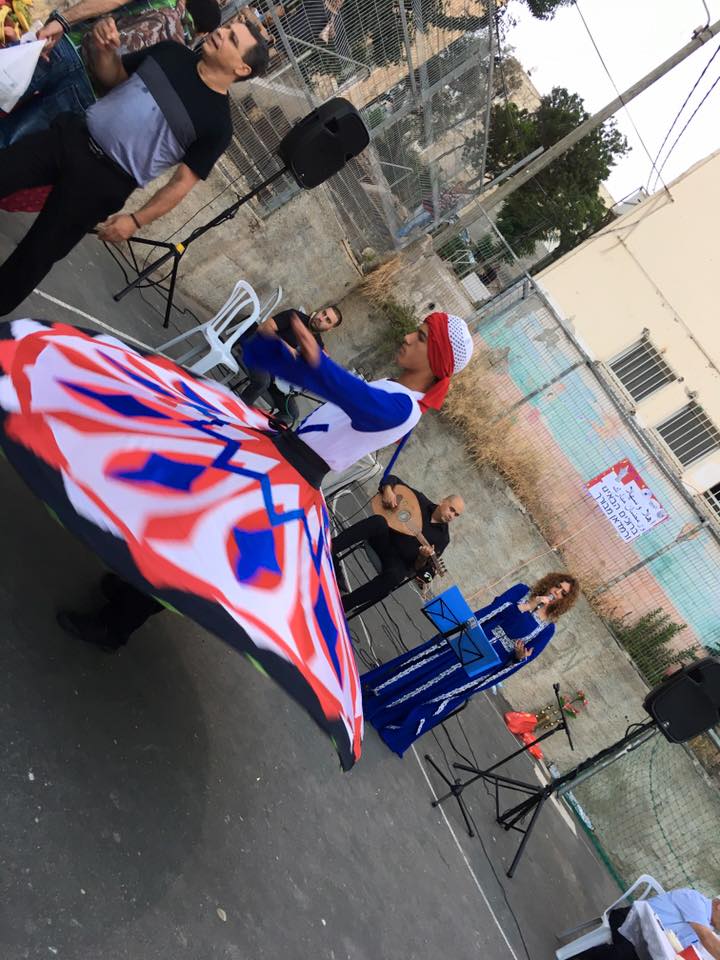 From first glance, Israel looks like it’s trying. The signage everywhere is in three languages: Hebrew, Arabic, English. In Haifa, there’s the addition of Russian advertising, too. The first day we (a group of American college students) were relatively settled in our new temporary homes, someone suggested seeking the “Shuk”, a local market place, to get some goods to cook for dinner. Our path began, as any that ultimately leads to great success, but going backwards. There’s a certain amount of flexibility a traveler needs to extend while on the move, along with a sense of self-forgiveness for the inevitable mistakes in unknown places. With that, we made a few circles, walking back and forth in pursuit of the path leading upwards and onwards to the Shuk. We passed through the Hadar neighborhood, which our misguided, but well-informed leader (who was using a combination of GPS and common sense) mentioned had been the original location of Technion. After being relocated to Kiryat HaTechnion, the original building has been turned into an interactive science museum. Moreover, the area is home to many Bauhaus-styled buildings, a German architectural style that came with German Jews fleeing Nazi Germany.
From first glance, Israel looks like it’s trying. The signage everywhere is in three languages: Hebrew, Arabic, English. In Haifa, there’s the addition of Russian advertising, too. The first day we (a group of American college students) were relatively settled in our new temporary homes, someone suggested seeking the “Shuk”, a local market place, to get some goods to cook for dinner. Our path began, as any that ultimately leads to great success, but going backwards. There’s a certain amount of flexibility a traveler needs to extend while on the move, along with a sense of self-forgiveness for the inevitable mistakes in unknown places. With that, we made a few circles, walking back and forth in pursuit of the path leading upwards and onwards to the Shuk. We passed through the Hadar neighborhood, which our misguided, but well-informed leader (who was using a combination of GPS and common sense) mentioned had been the original location of Technion. After being relocated to Kiryat HaTechnion, the original building has been turned into an interactive science museum. Moreover, the area is home to many Bauhaus-styled buildings, a German architectural style that came with German Jews fleeing Nazi Germany.
We recognized the Shuk by its waves – the air got denser, with noise and smell. The street was filled with Arab, Jewish and Russian sellers. The first Russian store I spotted sold a variety of canned items (including coconut milk!), Russian jams and juices. From there, we zigzagged across the way to pick up the biggest, heaviest, most aromatic cantaloupe I have ever seen. A young Arab boy sold it to me for 12 shekels (soooooo worth it!). Wandering through the rest of the market, I stopped to sniff whatever looked good. One vendor offered a sample of lychee fruit. This was my first time seeing the real thing (outside of bubble tea shops in Boston)! It was a beautiful cascade of red outside and juicy and sweet, with a rubbery texture inside; a real tasty Israeli summertime snack.
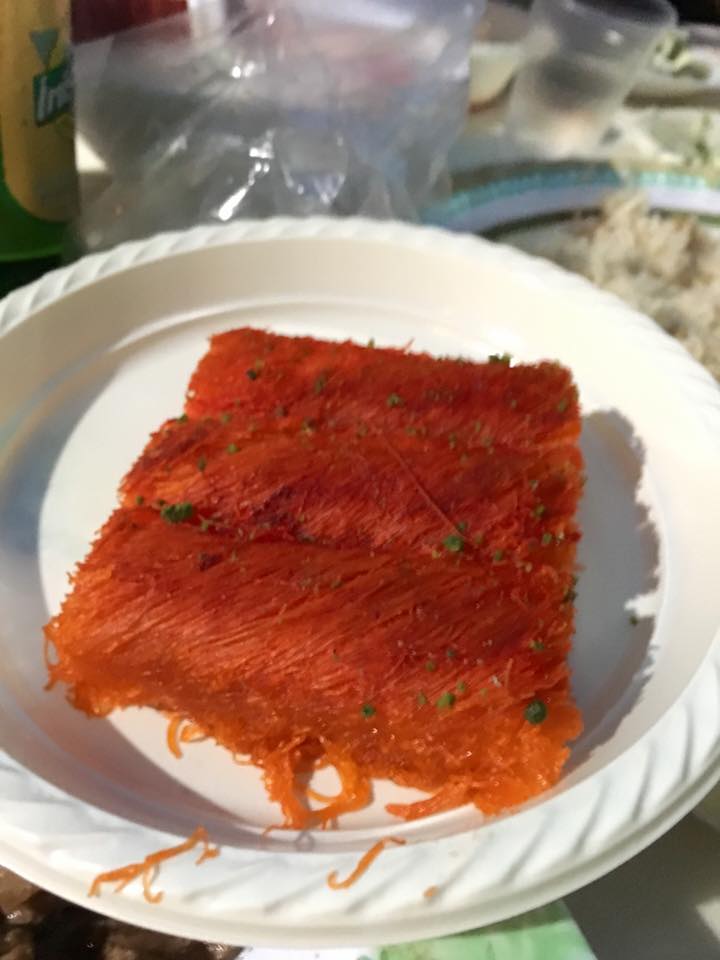
At the sight of a mini mountain of kiwi a few stands down, my attention got diverted and I rushed over to begin picking breakfast for the next few days. Handing the selected fruit bag over to the shopkeeper to weigh, he named a price that would come out to over $1 per fruit!! Since I didn’t have the Hebrew to argue down to a normal price beyond, “לא תודה”, I waved my hands and began to walk away. An older gentleman waiting next to me started speaking Hebrew. I said, “סליחה, לא הבנתי עברית”. He switched to English and asked if our group was students. I answered that we are and briefly explained what we are doing in Haifa. I’m not sure how much he understood, but he looked to the the fruit seller, spoke some Hebrew, and handed him money. The seller didn’t say anything, just accepted it and turned away. The man said, “Welcome to Israel.” With that, we parted ways.
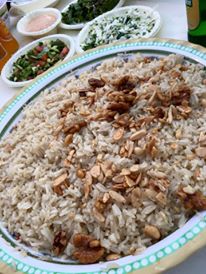 Our next encounter was with a Russian guy who gave us directions to where we could find spices (this was the new mission as being surrounded by vegetables inspired the crew to get to cooking). We walked into an Ethiopian shop with shelves stocked full of colorful spices and the floor covered in sacks brimming with coffee beans, lentils, rice… the aroma and color were enough to paint a post-storm sunset with closed eyes. I came out with a bag of cinnamon (for oatmeal) and one of curry (veggie dish to mix with coconut milk), just 5 shekels (about $1.25USD) each. With that, our shopping was complete and we began a snake-like slither down Haifa’s hilly streets to the port area.
Our next encounter was with a Russian guy who gave us directions to where we could find spices (this was the new mission as being surrounded by vegetables inspired the crew to get to cooking). We walked into an Ethiopian shop with shelves stocked full of colorful spices and the floor covered in sacks brimming with coffee beans, lentils, rice… the aroma and color were enough to paint a post-storm sunset with closed eyes. I came out with a bag of cinnamon (for oatmeal) and one of curry (veggie dish to mix with coconut milk), just 5 shekels (about $1.25USD) each. With that, our shopping was complete and we began a snake-like slither down Haifa’s hilly streets to the port area.
The following evening, we found ourselves in the same neighborhood – also for a food-related reason: breaking the fast of Ramadan. One of our crew had been asked by an employer to attend the traditional Islamic event and he extended an open invitation. We were collectively tentative to show up, being strangers in a city and certainly unfamiliar with the holiday, culture and people. When we showed up, the vibe was festive. Set up in the blacktop area behind a school, there were tables upon tables set for a few hundred people – Muslims, Christians, Jews, and anyone else who was interested in participating!
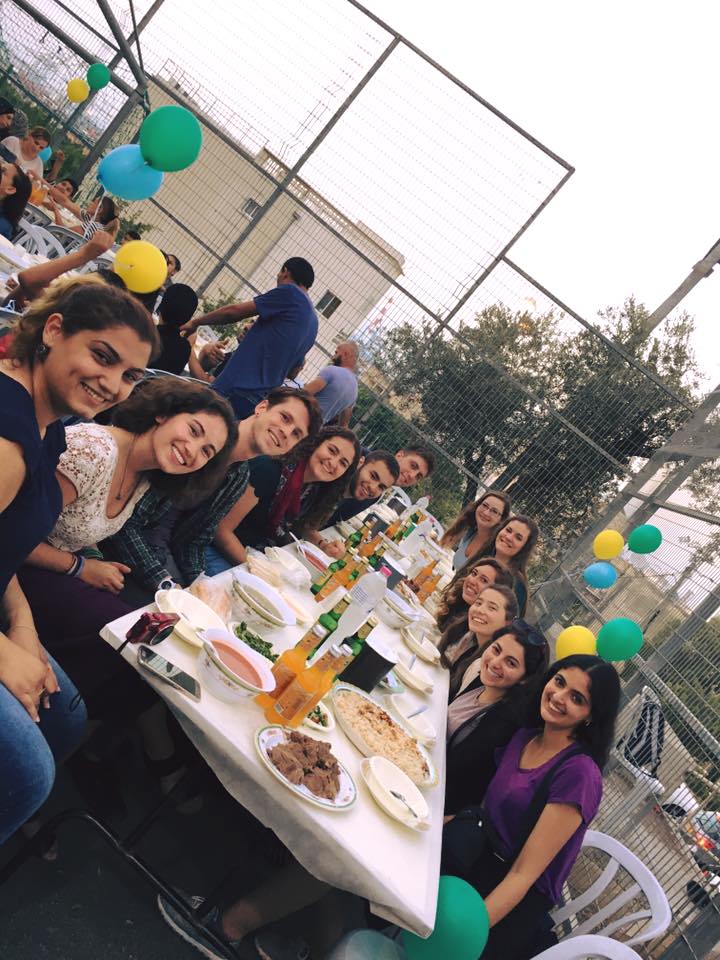
The central table was set for community leaders, including the mayor of Haifa. We were a group of about 10 people and ended up sitting with a few other American students and some Christian Arabs, one of whom kindly translated for us the speeches being given. What is incredible was that there was room for everyone and no one found it odd that there was a Jew attending a special event for Muslims, nor felt that a crew of unknown American students was an elephant in the corner. I helped out a bit with bringing out the food–there was a rice dish, two types of soups, plates of meat, a special yogurt sauce, a sweet goat cheese desert, plates of fruit, sodas (in glass bottles) that I’ve never seen before, dancing, singing, traditional costumes, and a young man dispersing what may have been prune juice from a brass contraption attached to his back to eager young children.
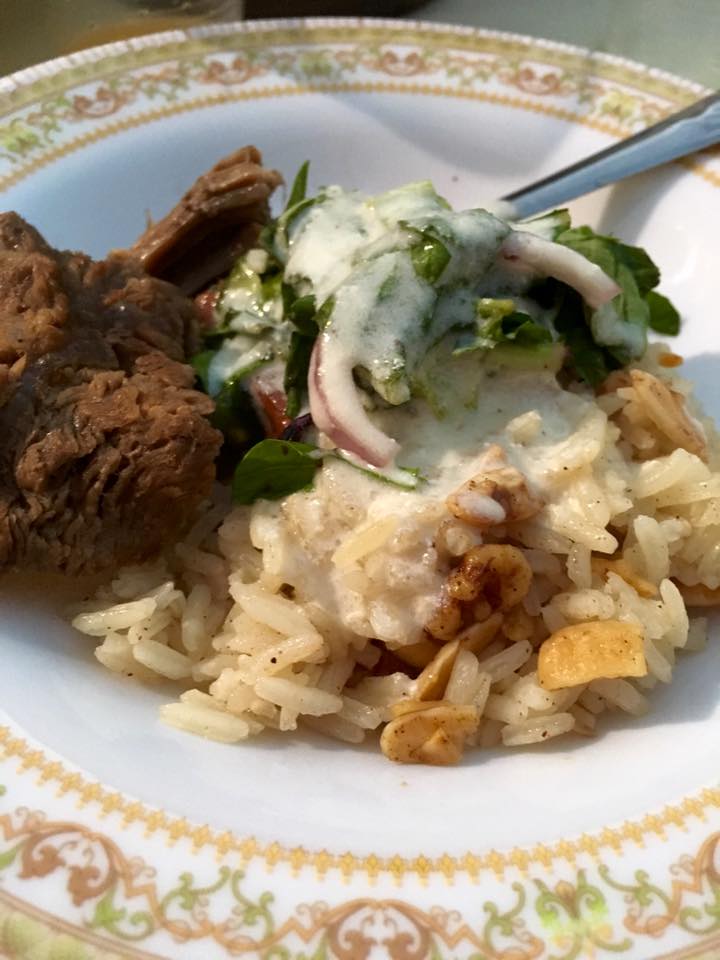
I have never felt as comfortable as a minority in a given situation. This experience of coexistence in Haifa certainly offered hopeful sentiment for the future of the Middle East.
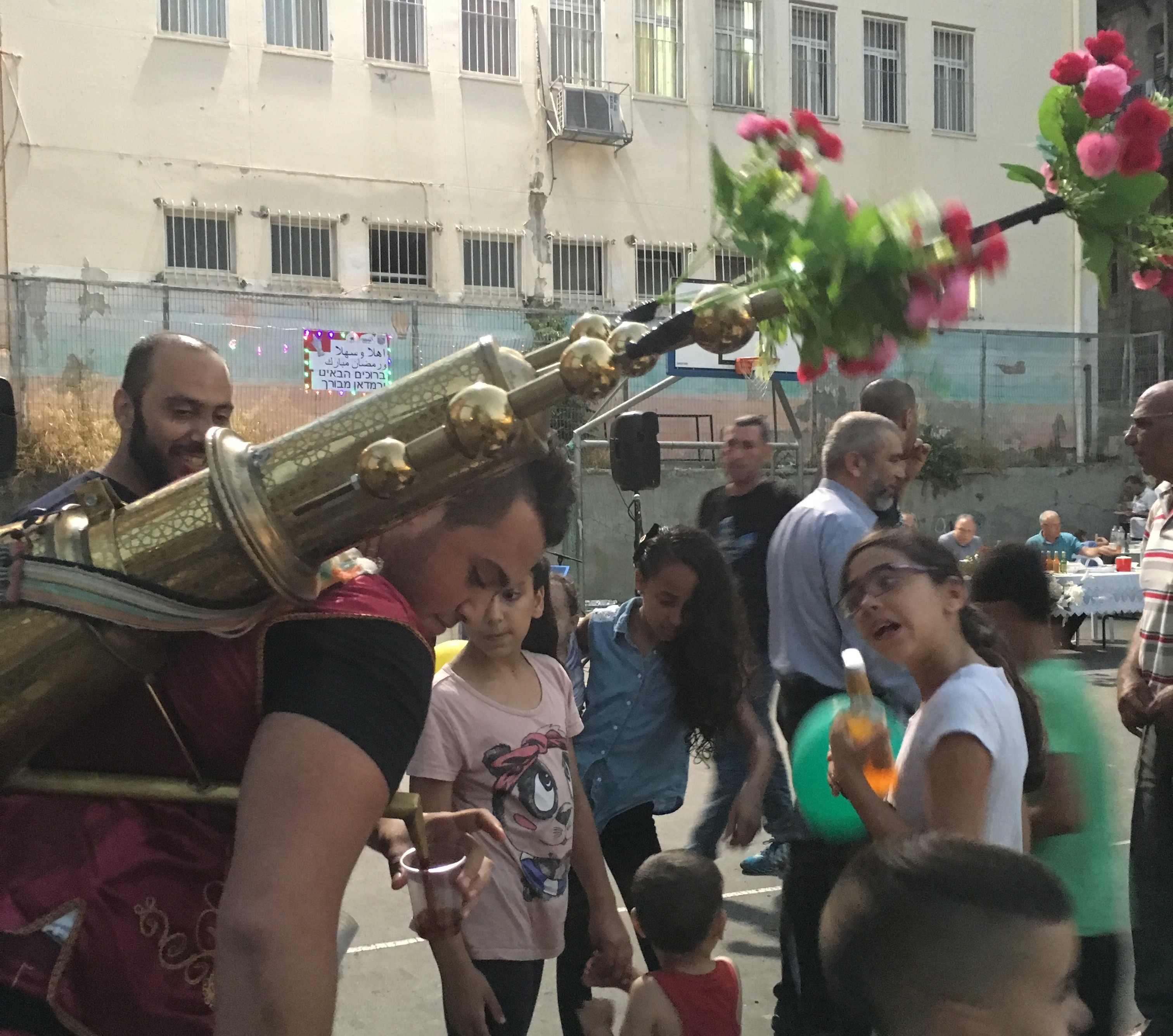



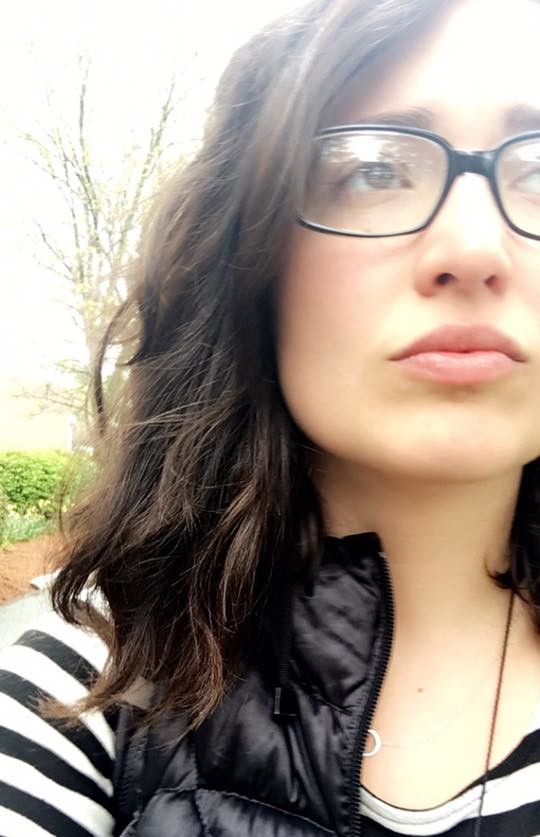 Eve Litvak
Eve Litvak